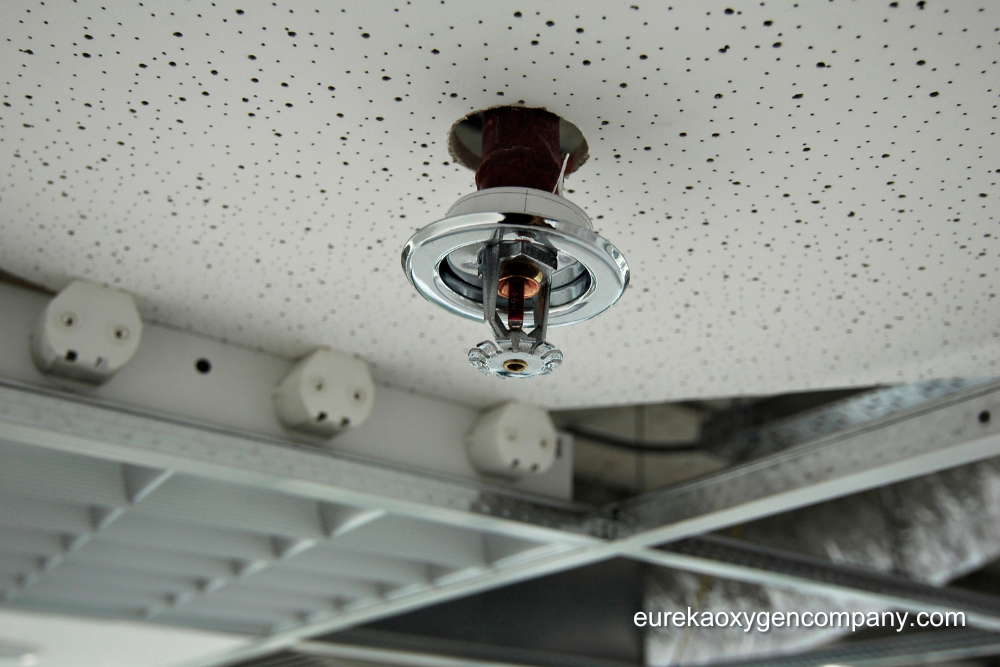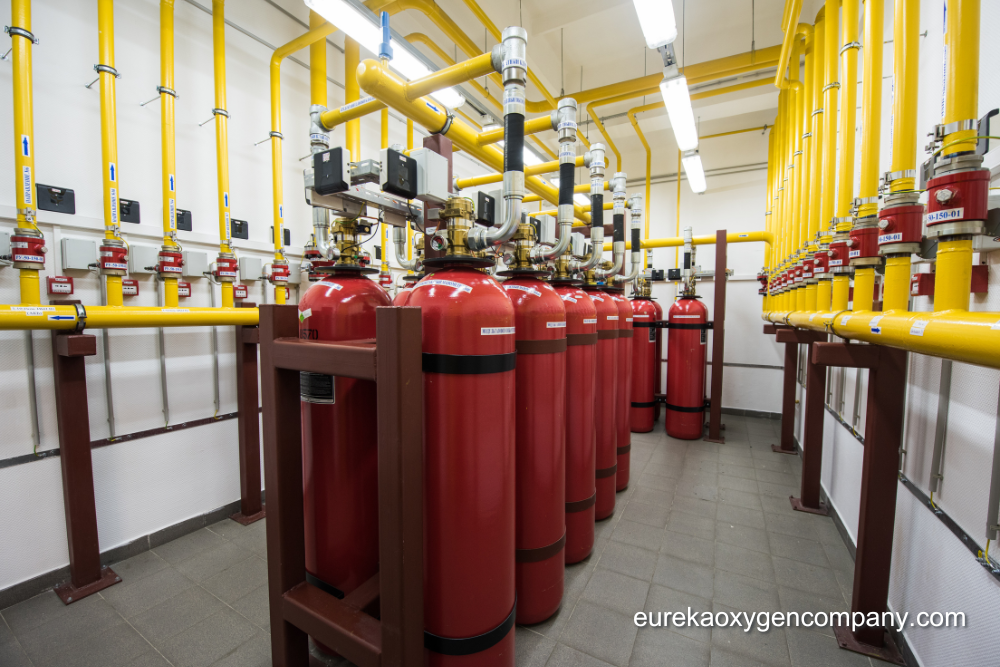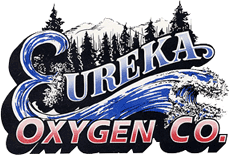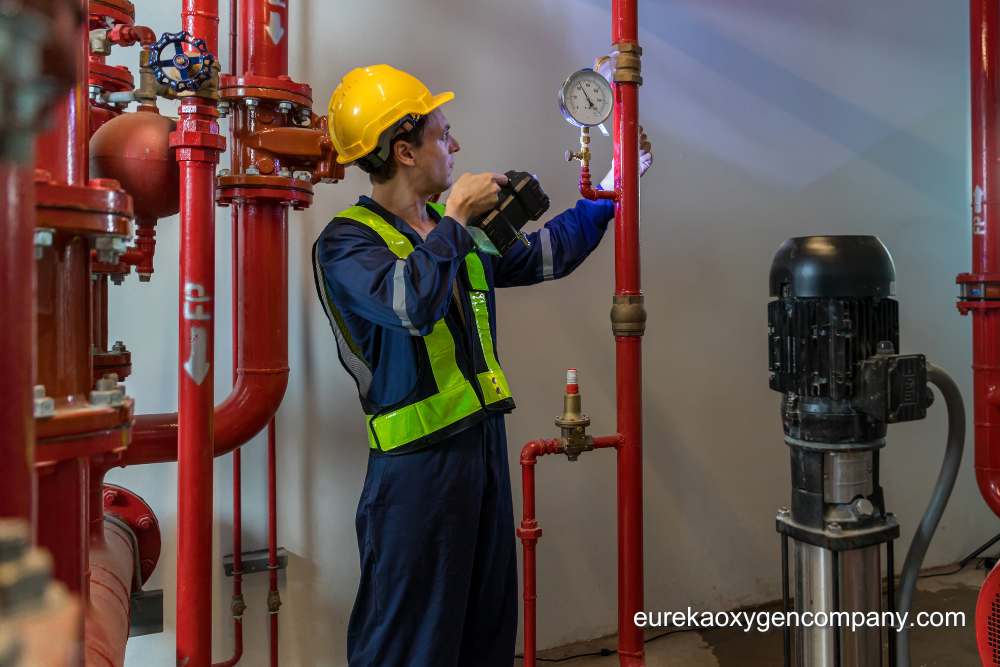The importance of regular inspections for fire safety
Fire suppression systems are a critical component of any comprehensive fire safety plan. Ensuring your fire suppression equipment is in top working order can save lives, protect property, and help your business remain compliant with fire code regulations. This guide covers everything you need to know about inspections, including their frequency, compliance requirements, and essential tips to maintain your system.
What Is a Fire Suppression System?
A fire suppression system is a group of devices designed to detect and control fires before they spread, minimizing damage and risk. These systems include equipment such as sprinklers, clean agent systems, gaseous suppression systems, and kitchen hood suppression systems.

Each type of system serves a specific purpose based on the environment, such as commercial kitchens, data centers, or manufacturing facilities.
Why Are Inspections So Important?
Regular inspections are more than a regulatory requirement. They’re a proactive measure to protect your business and employees. Fire suppression system inspections help confirm your system will operate effectively during an emergency, prevent costly repairs by identifying potential issues early, and maintain compliance with local and national fire safety codes.
Additionally, inspections identify and address fire hazards through a thorough fire hazard assessment, providing peace of mind knowing your system is reliable and ready to protect.
How Often Should Fire Suppression Systems Be Inspected?
The frequency of inspections depends on the type of fire suppression equipment and the applicable regulations. According to the National Fire Protection Association (NFPA) guidelines, fire suppression systems should be inspected:

- Monthly: Through basic visual checks to ensure equipment is unobstructed and appears in good condition. This also includes verifying pressure gauges and signage.
- Quarterly or semi-annually: With a professional inspecting more complex components, including control panels and alarms.
- Annually: Scheduling a comprehensive inspection with licensed fire suppression services. This includes testing all system components and verifying fire code compliance.
Certain industries may require more frequent inspections. For example, commercial kitchens may need additional checks due to grease buildup in hood suppression systems.
Key Steps in a Fire Suppression System Inspection
An effective fire suppression inspection involves multiple stages, each addressing specific aspects of fire safety. Let’s take a closer look at them:
- Pre-inspection review: This stage is used to gather all previous maintenance logs and inspection reports, and notify staff about scheduled tests to avoid disruptions.
- Visual inspection: The team of professionals checks for visible signs of damage, corrosion, or wear in equipment, and ensures fire extinguishers are properly charged, labeled, and accessible. They also verify that nozzles, sprinkler heads, and other components are clean and unobstructed.
- System testing: Alarms, control panels, and detection systems are tested for proper functionality. An activation event is simulated to confirm that all suppression agents (such as water, foram, or gas) discharge correctly. This allows valves and release mechanisms to be inspected for responsiveness.
- Fire hazard assessment: Involves evaluating the environment for new fire risks, such as added machinery or hazardous materials. The assessment ensures the system’s coverage is adequate for the space and current hazards.
- Documentation and compliance reporting: The last stage is used to record all inspection findings and deficiencies in detail, and provide reports to demonstrate compliance with fire safety regulations. It also addresses identified issues promptly and schedules repairs or follow-up inspections if necessary.
Common Issues Detected During Inspections
Regular inspections often uncover issues that could compromise your fire suppression system, such as:
- Obstructed or misaligned sprinkler heads.
- Leaks or corrosion in pipes or nozzles.
- Faulty or disconnected alarms and detection systems.
- Fire extinguishers that are expired, undercharged, or improperly stored.
- System coverage gaps caused by layout changes or renovations.

Staying Compliant with Fire Safety Regulations
Compliance with fire safety regulations is non-negotiable. Failing to meet fire code compliance can result in fines, penalties, or even business shutdowns. Worse, it could mean your fire suppression system fails during an emergency when it’s needed most. To ensure compliance and peace of mind, it is essential you:
- Familiarize yourself with local fire codes and NFPA standards.
- Work with licensed fire suppression services for inspections and maintenance.
- Maintain up-to-date records of all inspections and repairs.
Industries with specific fire safety requirements, such as healthcare or hospitality, should pay extra attention to regulations that apply to their facilities.
Tips for Maintaining Your Fire Suppression System Between Inspections
In addition to scheduled inspections, routine maintenance can extend the life of your system and ensure it’s always ready in case of an emergency. Here are some extra tips for maintaining your system between inspections:
- Train employees on how to operate fire suppression equipment and use fire extinguishers effectively.
- Keep all equipment clean, free of dust, and unobstructed.
- Perform basic checks regularly, such as verifying pressure gauges and alarm batteries.
- Schedule professional maintenance promptly if you notice unusual noises, leaks, or alarms.
Keeping your fire suppression system in top working order requires regular inspections, routine maintenance, and compliance with fire safety regulations.
Eureka Oxygen cares for your safety, which is why we offer high-quality safety welding equipment apart from superior cylinder gases. Check our locations to see where we can deliver them to you!

